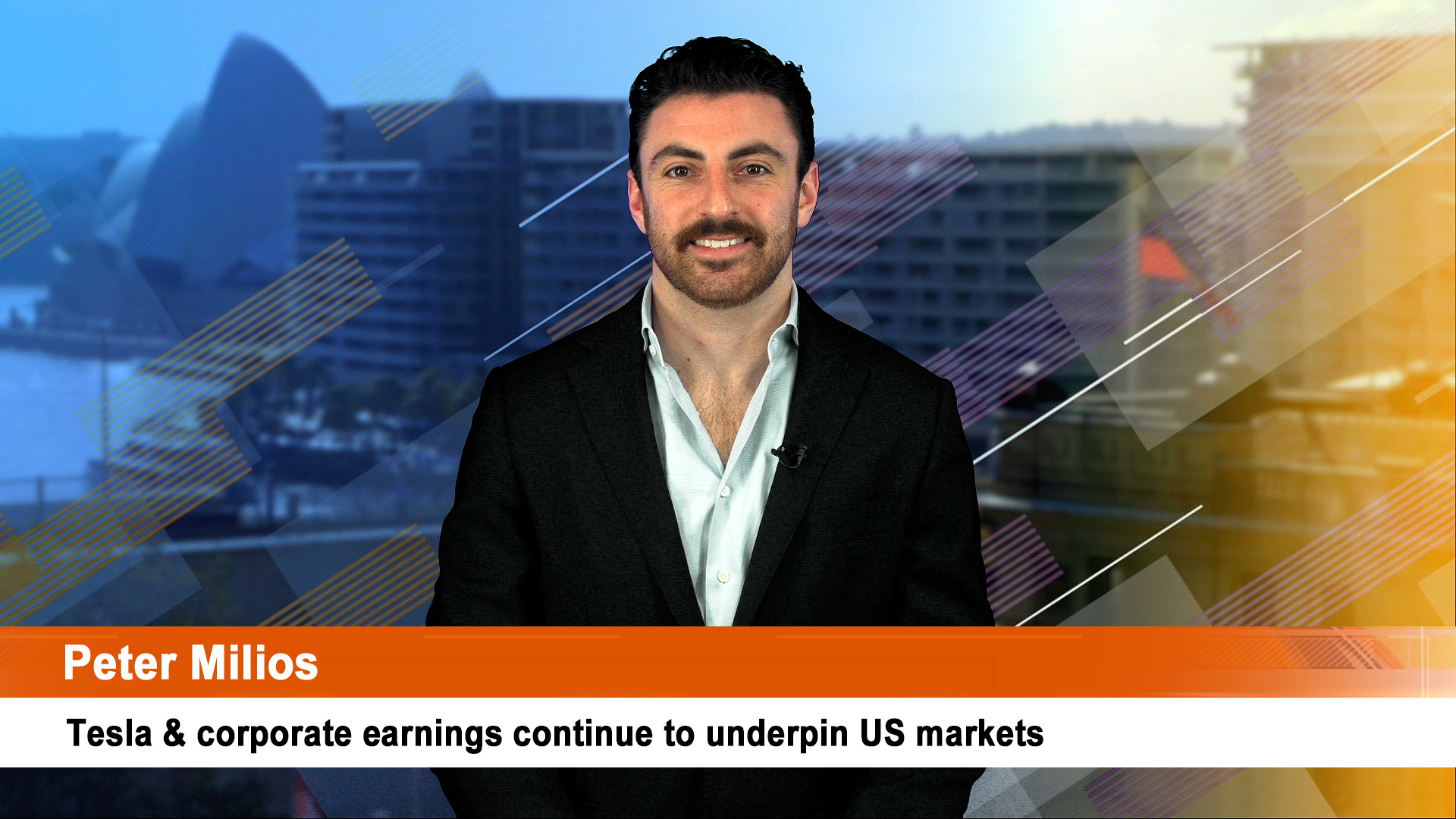A host of records for Rio Tinto in its 2021 financial year results: record dividends, record annual revenue, record underlying earnings, and record after-tax profit.
Underlying earnings were up nearly 72% for the year to December, thanks to higher iron ore prices in the first half the year and a late rebound in December.
Solid demand from China helped.
The world’s biggest iron ore producer posted underlying earnings of $US21.38 billion for the year to December 31, compared with $US12.45 billion in 2020.
Analysts had expected underlying earnings of $US21.63 billion.
Underlying earnings before interest tax depreciation and amortisation jumped 58% to $US37.72 billion.
This enabled the mining giant to pay it highest total dividend ever of 1,040 US cents share (or $US10.040 a share), including a 247 US cents per share special dividend (93 cents in 2020).
Ordinary dividends for the year totalled 793 US cents, up 71% from 2020’s 464 US cents.
That’s a total of $US16.8 billion paid or declared for the year, also a record and the $US10.040 a share is almost double the previous record; the $US5.57 of total dividends paid for the 2020 year.
Rio also revealed a sharp rise in capex for the next three years – it could total more than $US26 billion in that time, a figure that will upset some investors and analysts.
“We expect capital expenditure to be around $US8.0 billion in 2022, which considers potential increases of around 15% for the Pilbara replacement projects.
“In each of 2023 and 2024, we expect capital expenditure to be between $US9.0 and $US10.0 billion, which includes the ambition to invest up to $US3.0 billion in growth per year, depending on opportunities.
Each year also includes sustaining capital of around $US3.5 billion, of which around $US1.5 billion a year is for Pilbara iron ore, subject to ongoing inflationary pressure.
“Around half of our capital expenditure is denominated in Australian dollars. In addition, our guidance includes around $US1.5 billion over the next three years on decarbonisation projects, mainly relating to re-powering the Pilbara: this will accelerate from 2025, bringing our best estimate to around $US7.5 billion, in aggregate from 2022 to 2030.
Rio also said it is looking for another rise in production unit cash costs in its WA iron ore business. They averaged $US18.60 a tonne in 2021 (free on board per wet metric tonne) but are estimated to rise to $US19.50 to $US21 a tonne. That’s a rise of 13% at the top of the new range from 2021.
Rio is also looking at a rise in copper C1 unit cost “due to lower by-product credits, as a result of mining areas with lower gold volumes at Oyu Tolgoi and lower molybdenum grades at Kennecott and rising input costs, partially offset by higher refined copper production at Kennecott.”
CEO Jakob Stausholm said in the ASX release after trading had ended in Australia:
“The recovery of the global economy, driven by industrial production, resulted in significant price strength for our major commodities, which we were able to capture, achieving record financial results with free cash flow of $17.7 billion and underlying earnings of $21.4 billion, after taxes and government royalties of $13.0 billion.
“With the launch of our new strategy, we have set a new direction for Rio Tinto to thrive in a decarbonising world. We have a portfolio that is well positioned, and are targeting disciplined investment in commodities that will see strong demand in the coming decades.”













